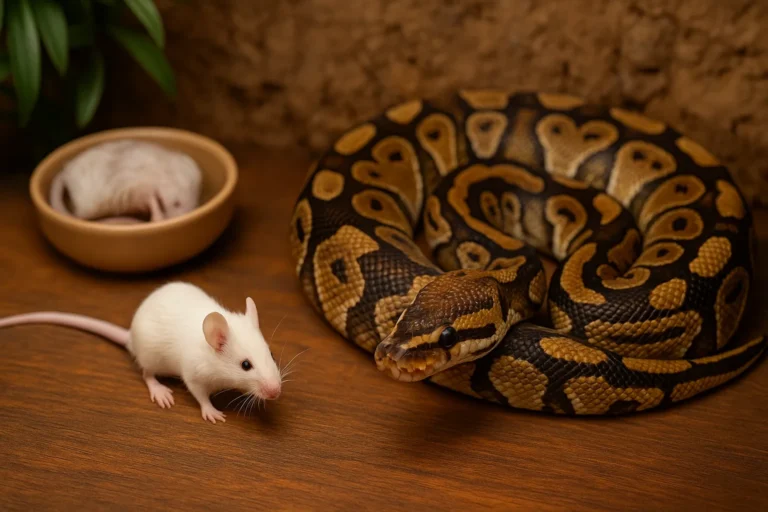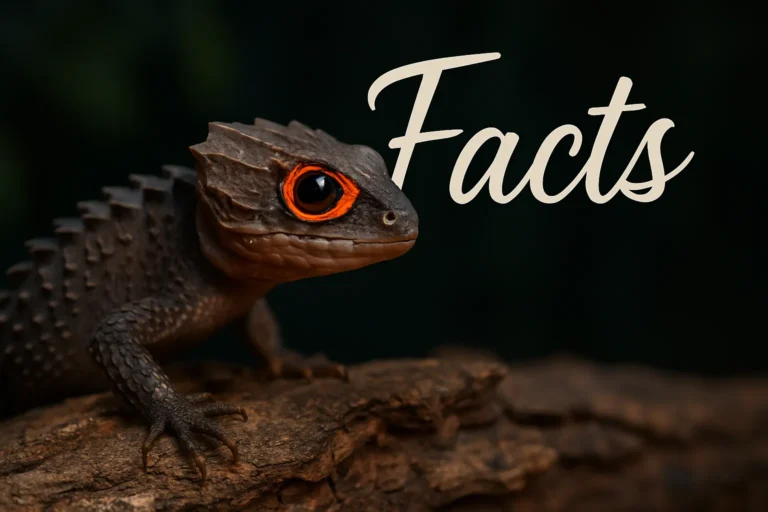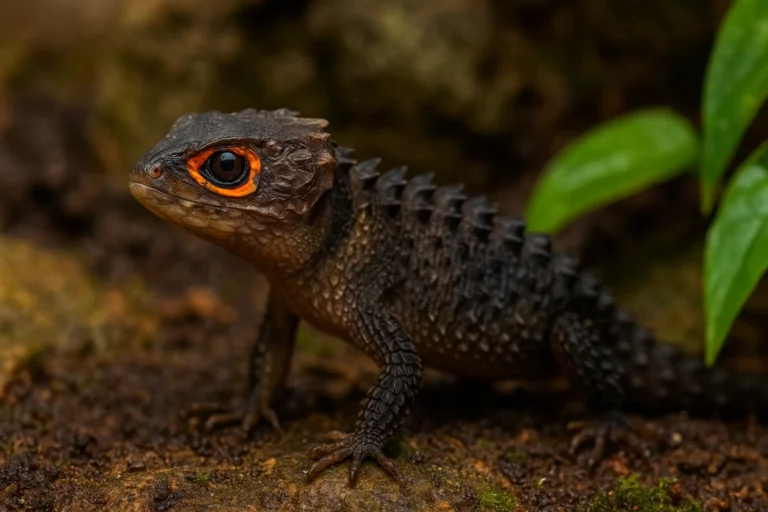Jackson’s Chameleon Care Guide: Everything You Need to Know
Jackson’s chameleons, scientifically known as Chamaeleo jacksonii, are fascinating reptiles known for their unique appearance and distinct horns. Originally native to East Africa, these chameleons have recently been introduced to various locations like California, Hawaii, and Florida. With their vibrant colors and striking physical features, Jackson’s chameleons make for intriguing pets. However, their care requires careful attention to environmental needs and dietary requirements. In this guide, we cover everything you need to know to keep your Jackson’s chameleon healthy and happy.
Basic Information
Appearance and Behavior
Jackson’s chameleons are easily recognizable due to the three prominent horns on their faces: one on the nose (rostral horn) and two beneath the eyes, which are only present in males. The males are also known for their vibrant colors, including blue and yellow markings, while females are typically a deeper green with possible reddish hues.
- Males: Grow to 8–10 inches, brighter coloration with yellow and blue markings.
- Females: Reach 7–8 inches, usually a deeper green and more subdued.
- Temperament: They are highly territorial and should be housed individually. Handling them is stressful, so they are better suited as pets to be observed rather than frequently handled.
Housing Requirements
Jackson’s chameleons are arboreal, meaning they thrive in environments that offer vertical climbing space. Here’s how to set up an appropriate habitat for your chameleon:
Habitat Size:
- Minimum Enclosure Size: 24”L x 24”W x 36”H for one adult chameleon.
- Type of Enclosure: Use a mesh enclosure or a well-ventilated aquarium with tightly fitting lids to prevent escape. Avoid glass terrariums as they lack proper ventilation.
Décor:
- Provide live or artificial plants like ficus, pothos, hibiscus, and dracaena for climbing and hiding. Ensure these plants are non-toxic.
- Branches of varying widths should be included for your chameleon to climb comfortably.
- Substrate options include paper-based liners, bark, or a non-toxic soil mix. Avoid substrates like vermiculite, sand, or mulch, which can cause gastrointestinal problems if ingested.
Temperature and Lighting:
- Daytime Temperature: A gradient of 70–80°F (21–26.5°C) with a basking spot reaching 85°F (29°C).
- Nighttime Temperature: Should drop to 55–60°F (13–15°C) but ensure it doesn’t fall below 65°F (18°C).
- Lighting: Jackson’s chameleons require UVB lighting for 10–12 hours per day. Replace the UV bulb every six months to ensure proper UVB output.
Humidity:
- Maintain a humidity level of 50–80%. Misting the enclosure twice daily or using a drip/misting system helps maintain the required humidity.
Diet and Feeding
Jackson’s chameleons are insectivores and need a variety of live insects. Their diet can consist of:
- Main Diet: Crickets, mealworms, super worms, waxworms, roaches, silkworms, and grasshoppers.
- Occasional Treats: Fruit flies (for juveniles), hornworms, and butterworms.
- Supplementation: Dust insects with a calcium supplement (with vitamin D3) every other day for juveniles and twice a week for adults. A multivitamin should be provided once a week.
Feeding Tips:
- Juveniles can be fed as much as they will eat in one sitting, while adults generally eat between 5 and 15 insects every 2–3 days.
- Remove uneaten insects promptly to prevent them from attacking the chameleon.
Health Care
Jackson’s chameleons are prone to several health issues, often related to environmental stress, poor diet, or inadequate humidity and temperature. Regular health checks are essential to keep your chameleon in top condition.
Signs of a Healthy Chameleon:
Common Health Problems:
- Respiratory Infections: Symptoms include wheezing or labored breathing. Caused by improper temperature or humidity.
- Metabolic Bone Disease (MBD): Caused by insufficient UVB light or improper calcium levels.
- Gastrointestinal Issues: Runny stools, weight loss, or a lack of appetite can indicate a problem. Parasitic infections are also common.
- Vitamin A Deficiency: Look for swelling around the eyes or lips, dull skin, or retained shed skin. This issue arises if chameleons receive beta carotene instead of preformed vitamin A.
Regular Monitoring:
- Keep an eye out for lethargy, swelling, or abnormal behavior, as these are signs that your chameleon may need veterinary care.
Cleaning and Maintenance
- Daily: Spot clean the enclosure to remove droppings and uneaten food.
- Weekly: Thoroughly clean and disinfect the tank, décor, and accessories. Scrub the tank with a reptile-safe cleaner or a diluted bleach solution. Ensure everything is dry before placing your chameleon back.
Conclusion
Caring for a Jackson’s chameleon requires attention to their specific habitat needs, dietary requirements, and health monitoring. With proper care, they can live a long and healthy life, offering a rewarding experience for reptile enthusiasts. Whether you’re setting up a new enclosure or troubleshooting a health concern, this guide covers all the basics to ensure your chameleon thrives.






